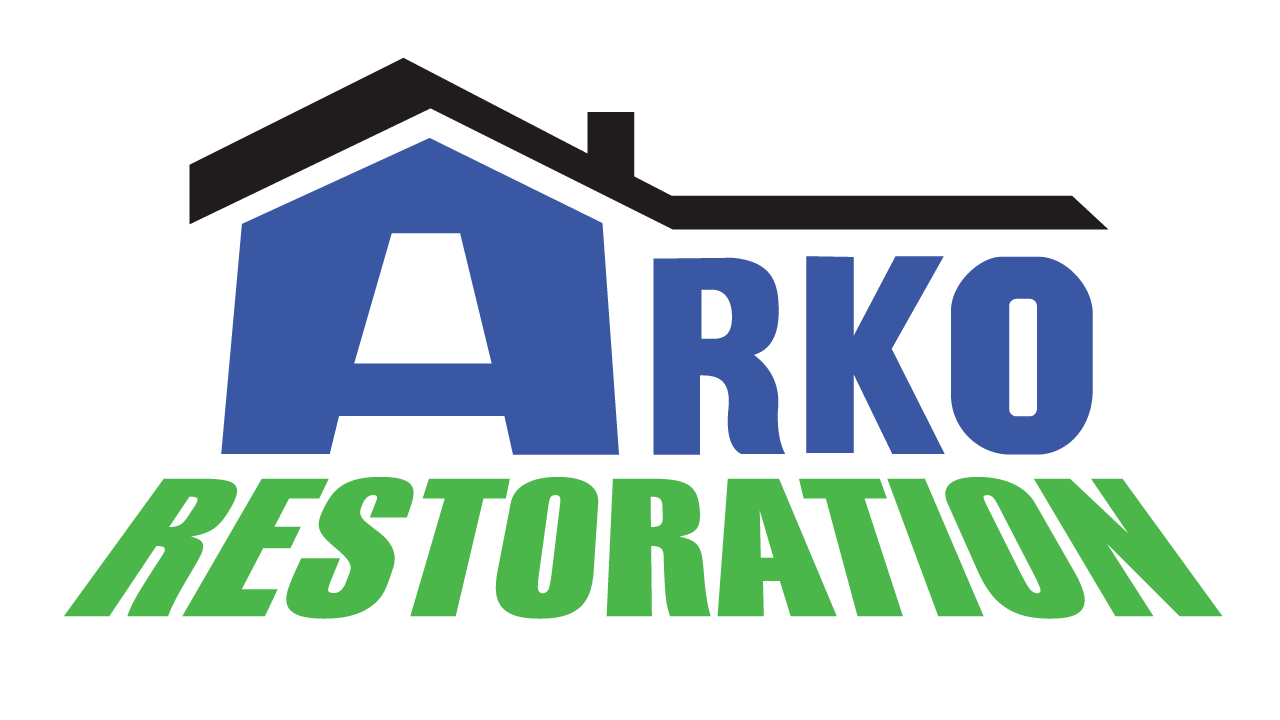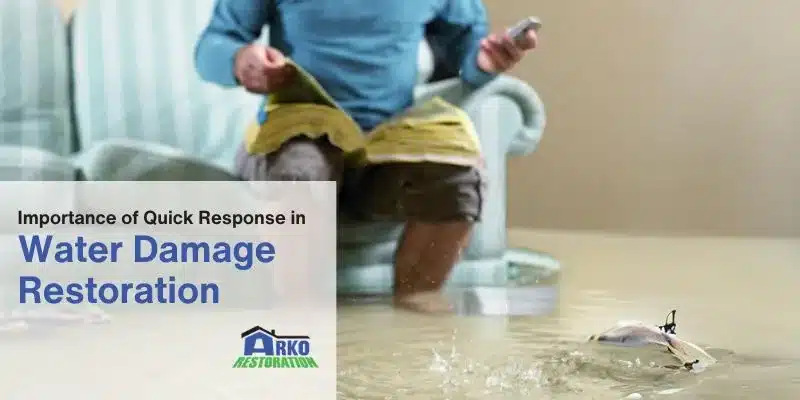Water damage can wreak havoc on homes and businesses, causing extensive destruction and financial strain. Whether it’s due to burst pipes, flooding, or leaks, the aftermath of water damage requires immediate attention and swift action. In the realm of water damage restoration, time is of the essence, and a quick response can make all the difference in minimizing losses and facilitating efficient recovery.
Understanding the Significance of Quick Response
1. Preventing Further Damage:
- When water infiltrates a structure, it doesn’t just stay in one place; it seeps into walls, floors, and furniture, causing progressive harm.
- The longer water remains stagnant, the greater the extent of damage it can cause.
- Quick response mitigates this by halting the spread of water and preventing secondary issues like mold growth and structural deterioration.
2. Preserving Property and Belongings:
- Many items within a water-damaged environment are susceptible to irreversible harm if left untreated for an extended period.
- From furniture and electronics to documents and cherished possessions, swift action can salvage valuables and minimize replacement costs.
3. Ensuring Health and Safety:
- Standing water and damp environments create breeding grounds for mold, bacteria, and other harmful pathogens.
- Prompt water extraction and drying significantly reduce the risk of health hazards associated with water damage, safeguarding the well-being of occupants and restoration professionals alike.
Tips for Efficient Water Damage Recovery
1. Emergency Contact and Assessment:
- As soon as water damage is discovered, contacting a reputable water damage restoration company should be the immediate priority.
- Professionals equipped with specialized knowledge and equipment can conduct a thorough assessment to identify the source of water intrusion and evaluate the extent of damage.
2. Rapid Water Extraction:
- The extraction of standing water should commence without delay.
- Industrial-grade pumps and extraction equipment are utilized to swiftly remove water from affected areas, preventing further saturation of building materials and contents.
3. Moisture Detection and Drying:
- Even after visible water is removed, moisture often lingers within walls, flooring, and other porous surfaces.
- Advanced moisture detection tools are employed to identify hidden pockets of moisture, followed by strategic drying techniques using air movers and dehumidifiers to expedite the drying process.
4. Professional Restoration and Repair:
- Restoration professionals possess the expertise to address water damage comprehensively, from structural repairs to content restoration.
- Timely intervention by qualified professionals ensures that the restoration process is conducted efficiently and effectively, minimizing downtime and disruption.
5. Documentation and Insurance Claims:
- Keeping meticulous records of the damage incurred and restoration efforts undertaken is crucial for navigating the insurance claims process.
- Documenting the extent of damage, restoration procedures, and associated expenses facilitates smoother claims resolution and reimbursement.
Understand some of the additional points to enhance the discussion on the importance of quick response in water damage restoration:
1. Preventing Structural Compromise:
Water infiltration can compromise the structural integrity of buildings over time. Prompt water removal and drying help prevent structural damage such as warping, swelling, and weakening of wooden structures, as well as deterioration of drywall and ceilings.
2. Mitigating Financial Losses:
The financial implications of water damage extend beyond restoration costs. Extended water exposure can lead to extensive property damage, necessitating costly repairs and replacements. Quick response minimizes the scope of damage, thereby reducing financial losses associated with restoration and reconstruction.
3. Preserving Indoor Air Quality:
Lingering moisture and dampness resulting from water damage contribute to poor indoor air quality, which can exacerbate respiratory issues and allergies. Timely intervention and thorough drying mitigate the risk of mold growth and microbial contamination, preserving a healthy indoor environment for occupants.
4. Restoring Business Continuity:
For commercial properties, water damage can disrupt business operations and compromise revenue streams. Swift water damage restoration efforts minimize downtime and facilitate the timely reopening of business establishments, enabling continuity of operations and mitigating revenue losses.
5. Addressing Secondary Damage:
In addition to immediate visible damage, water intrusion can lead to secondary issues such as corrosion of metal surfaces, deterioration of electrical systems, and degradation of insulation materials. Timely intervention helps address these secondary damages before they escalate, preserving the integrity and functionality of building components.
6. Enhancing Customer Satisfaction:
In the aftermath of water damage incidents, prompt response and efficient restoration efforts demonstrate a commitment to customer satisfaction and safety. By prioritizing the well-being and concerns of property occupants, restoration professionals build trust and foster positive relationships with clients.
7. Implementing Preventive Measures:
Beyond restoration, quick response enables property owners to implement preventive measures to mitigate future water damage risks. This may include reinforcing building envelope integrity, upgrading plumbing systems, and installing early detection devices such as water leak sensors and automatic shut-off valves.
Conclusion
When it comes to water damage restoration, the importance of a rapid response cannot be overstated. Time is indeed the enemy when it comes to water damage, and every moment counts in mitigating losses and expediting recovery efforts. By prioritizing swift action, leveraging professional expertise, and implementing efficient restoration techniques, property owners can navigate the challenges of water damage with resilience and expedience, restoring their homes and businesses to pre-loss conditions. Remember, when it comes to water damage, speed truly saves.

